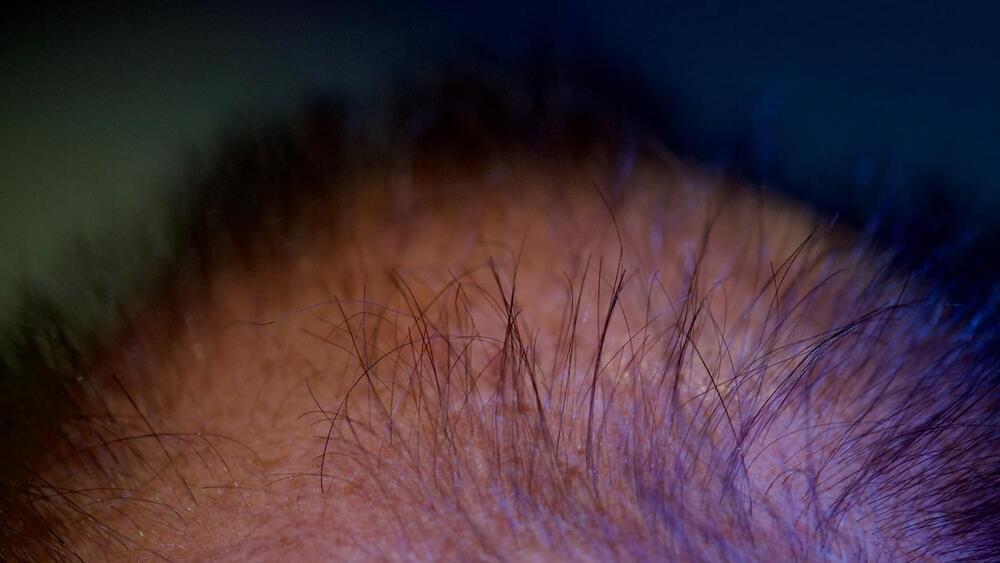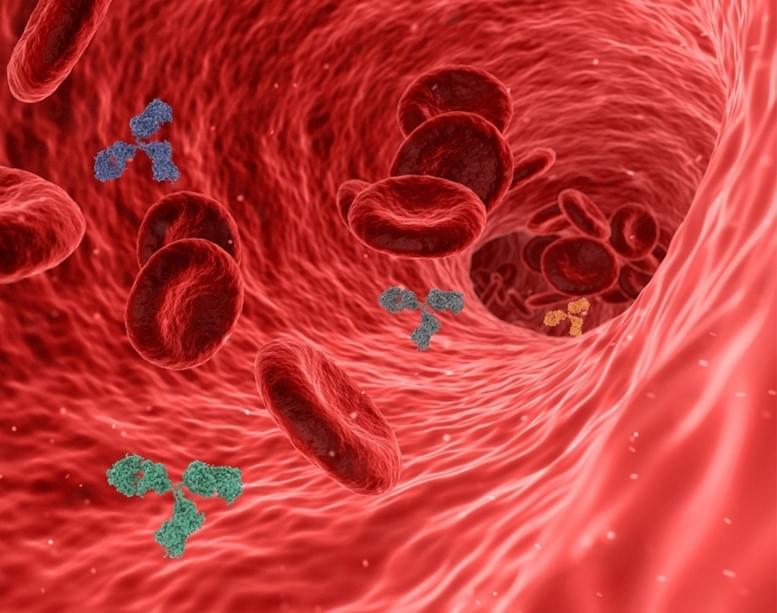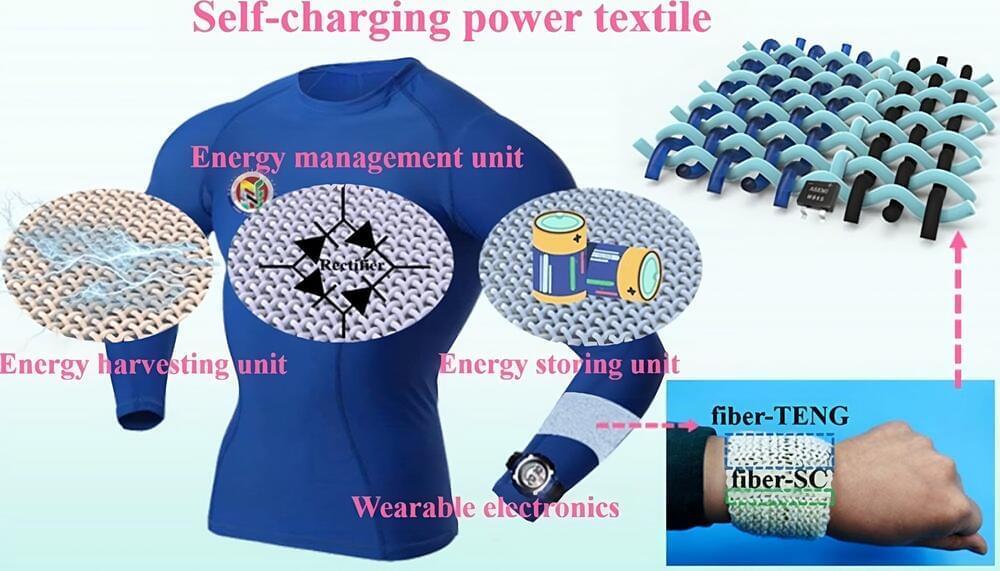Researchers from North Carolina State University have identified a microRNA (miRNA) that could promote hair regeneration. This miRNA – miR-218-5p – plays an important role in regulating the pathway involved in follicle regeneration, and could be a candidate for future drug development.
Hair growth depends on the health of dermal papillae (DP) cells, which regulate the hair follicle growth cycle. Current treatments for hair loss can be costly and ineffective, ranging from invasive surgery to chemical treatments that don’t produce the desired result. Recent hair loss research indicates that hair follicles don’t disappear where balding occurs, they just shrink. If DP cells could be replenished at those sites, the thinking goes, then the follicles might recover.
A research team led by Ke Cheng, Randall B. Terry, Jr. Distinguished Professor in Regenerative Medicine at NC State’s College of Veterinary Medicine and professor in the NC State/UNC Joint Department of Biomedical Engineering, cultured DP cells both alone (2D) and in a 3D spheroid environment. A spheroid is a three-dimensional cellular structure that effectively recreates a cell’s natural microenvironment.





